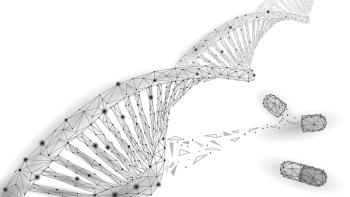
Europe Adopts Transparency Guideline
The European Medicines Agency (EMA) has released guidance that outlines a European-wide approach for dealing with transparency and access to information included in marketing authorization applications.
The European Medicines Agency (EMA) has released
According to the EMA, the guidance is a "major step for transparency" when dealing with requests for access to marketing authorization applications and is the first time that a harmonized, European approach to the issue has been adopted. Going forward, all regulatory authorities in the European Economic Area will apply the same principles.
The guidance limits information that regulators will consider to be commercially confidential in a marketing authorization application. Exceptions will mainly relate to information about the quality and manufacturing of a medicine, in addition to information about facilites and equipment, as well as some contractual arrangements.
Also explained in the documents is how to identify personal data relating to patients, experts or staff. Personal data will be defined by EU Directive 95/46/EC.
Two guidance documents were adopted. The first is titled titled HMA/EMA Guidance document of the identification of commercially confidential information information and personal data within the structure of the Marketing Authorization (MA) Application — release of information after the granting of a Marketing Authorization. The second is Principles to be applied for the implementation of the HMA/EMA Guidance on the identification of CCI and PPD in MA Applications.
The guidance has been welcomed by EFPIA. However, in a press statement Richard Bergström added, “Despite EFPIA´s reservations, EMA has decided to also release nonclinical data (preclinical). An important consequence of the release of all this information is that we must update the concept of "regulatory data protection" (RDP), i.e that second applicants cannot refer to submitted data until after 10 years.”
Recently, the EMA has been criticised for its perceived lack of transparency. In 2011, an article published in the British Medical Journal highlighted the difficulties in obtaining access to unpublished trial reports from the EMA. In other related incidences, access to documents was only given after intervention by the European ombudsman.
Newsletter
Stay at the forefront of biopharmaceutical innovation—subscribe to BioPharm International for expert insights on drug development, manufacturing, compliance, and more.





